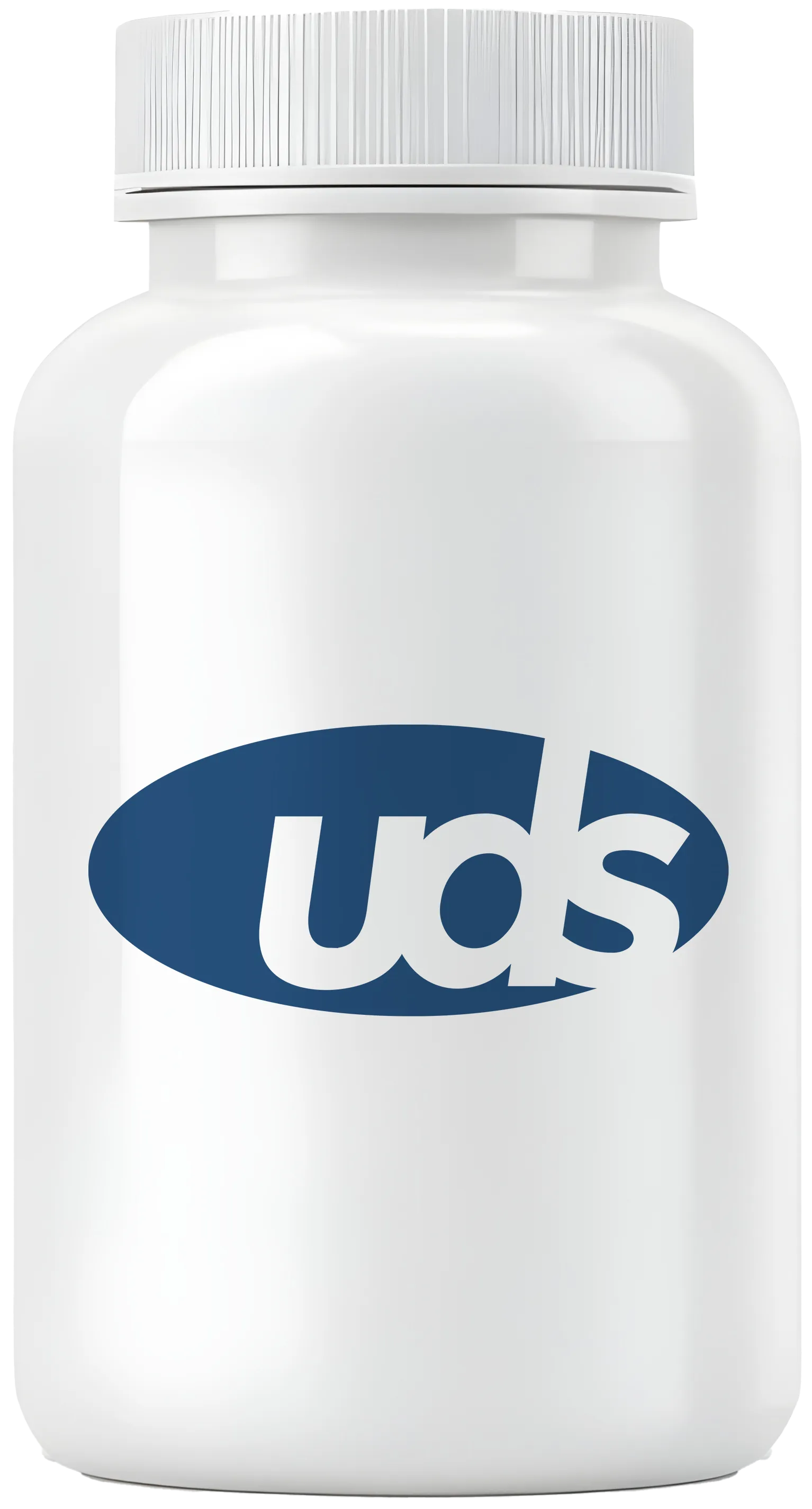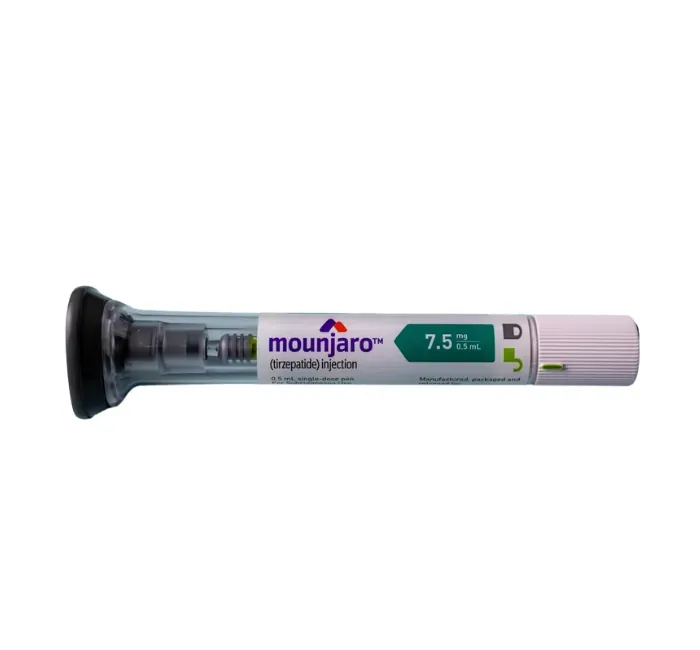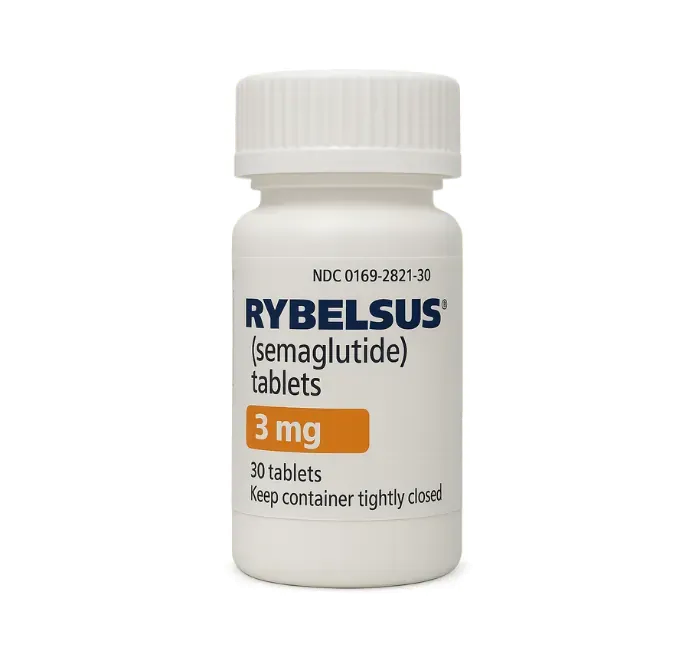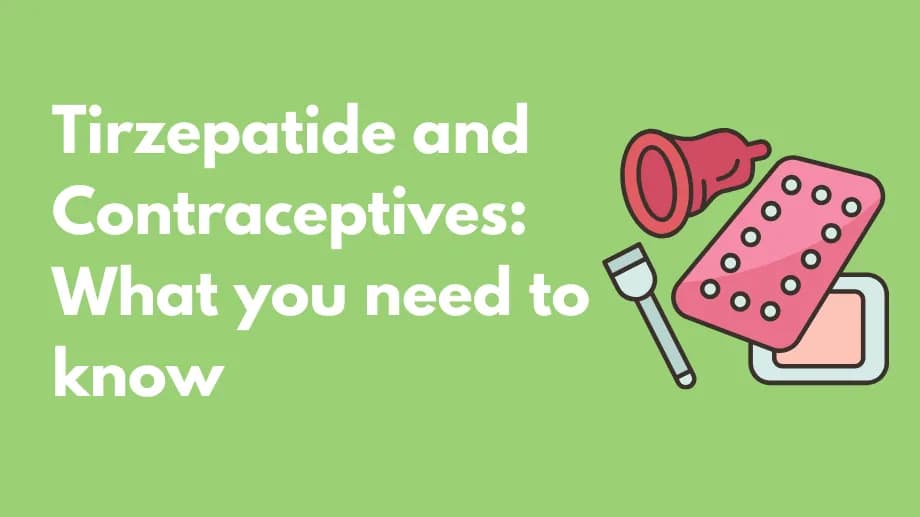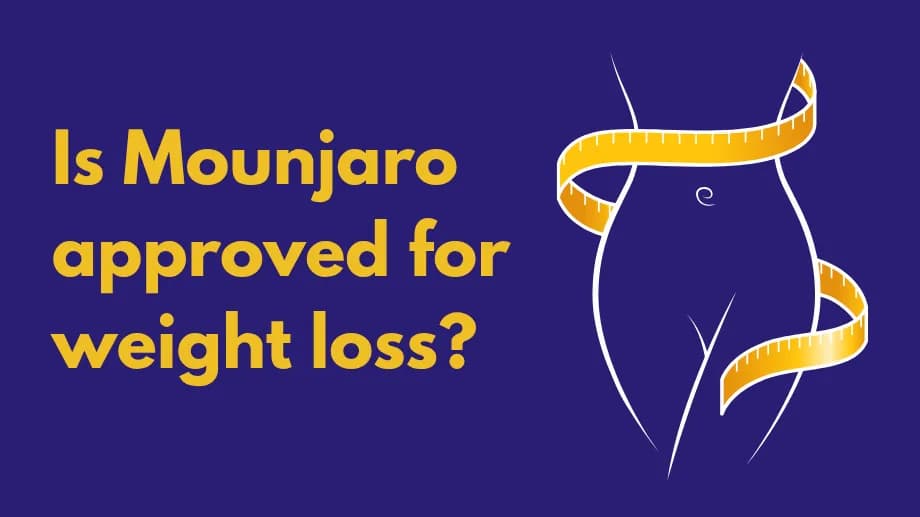Mounjaro dosing guide?

Mounjaro (tirzepatide) is a once-weekly subcutaneous injection that can help lower blood sugar levels in adults with Type 2 diabetes. It is available as a prefilled single-dose pen or vial, but the recommended dosing is the same for both. The active ingredient, tirzepatide, is also sold as the brand-name weight loss medication Zepbound.
Mounjaro is typically started at a low dose and then increased over several weeks until you reach your maintenance dose. This helps reduce your risk of side effects like nausea, vomiting, diarrhea, and abdominal pain. But how do you get to this dose? Keep reading to find out.
What is the dosing schedule for Mounjaro?
The Mounjaro pen is a single-dose prefilled pen you can use at home. You will inject Mounjaro once weekly just under the skin of your thigh, abdomen, or upper arm. You can use Mounjaro with or without food, at any time of the day.
Mounjaro also comes as a single-dose vial. You will need a syringe to draw up your dose of Mounjaro if you use this form. You should never use the vial more than once or save any medication for later use.
The typical starting Mounjaro dosage is 2.5 mg once weekly for 4 weeks. This starting dose does not typically affect your blood sugar levels but helps your body get used to the medication. Increasing the dose too quickly or starting at a higher dose could increase your risk of side effects. After the first 4 weeks, your weekly dose will be increased up to a maximum of 15 mg.
A typical dosing schedule is as follows:
- Weeks 1 to 4: Inject 2.5 mg of Mounjaro under your skin once weekly, on the same day each week.
- Weeks 5 to 8: Inject 5 mg of Mounjaro under your skin once weekly, on the same day each week.
- Weeks 9 and beyond: If additional blood sugar control is needed, your healthcare provider can increase your dosage of Mounjaro in 2.5 mg increments after at least 4 weeks on your current dose.
- Maximum dosage: The maximum recommended Mounjaro dose is 15 mg once weekly.
What should you do if you miss a dose of Mounjaro?
To maintain control of your blood sugar, it is important to take your weekly Mounjaro injection. If you miss a dose of Mounjaro, take the missed dose as soon as you remember if it is within 4 days (96 hours) after the missed dose. If more than 4 days have passed, skip that dose and take your next dose on its regularly scheduled day. You should never take 2 doses of Mounjaro within 3 days of each other.
If you miss more than one Mounjaro dose in a row, call your provider. They may have you start back on a lower dose before increasing it back to your usual dose.
Can you change the day you take Mounjaro?
Yes, you can change the day of your Mounjaro injection, as long as it has been at least 3 days or 72 hours since you took the last dose. For example, if your usual injection day is Thursday at 10 am, you would wait until at least Sunday at 10 am. It is best not to change your injection day too often, as it could reduce the effectiveness of the medication. If you are not sure how to make this change, talk to a healthcare professional for advice.
What is Mounjaro approved to treat?
Mounjaro (tirzepatide) is a glucose-dependent insulinotropic polypeptide (GIP) and glucagon-like peptide-1 (GLP-1) receptor agonist. These two hormones are key in regulating appetite, glucose metabolism, and body weight.
Shop Medications
Mounjaro is part of an FDA-approved treatment plan along with a reduced-calorie diet and regular exercise to help lower blood sugar levels in adults with type 2 diabetes. While it is not approved to help with weight loss or weight management, it is often used off-label to help people with obesity lose weight.
What are the side effects of Mounjaro?
The most common side effects of Mounjaro include:
- Nausea
- Vomiting
- Diarrhea
- Constipation
- Decreased or loss of appetite
- Indigestion
- Abdominal pain
- Injection site reactions
Some individuals may experience serious adverse reactions while taking Mounjaro. If you experience any of the following, contact your healthcare provider or seek emergency medical help:
- Vision changes or worsening diabetic retinopathy
- Symptoms of a serious allergic reaction like swelling of your face, tongue, or throat, trouble breathing, and hives
- Low blood sugar (hypoglycemia), especially if taken with other diabetes medicines like insulin or sulfonylureas
- Gallbladder issues, like gallstones
- Pancreatitis (inflammation of the pancreas)
- Dehydration and kidney failure
- Increased risk of thyroid cancer
- Worsening depression or suicidal thoughts
These are not all of the possible side effects of Mounjaro. You should always seek medical advice from your healthcare provider for any questions or concerns about your medical condition or treatment. Read all prescribing information, medication guides, or drug information sheets that come with this medication. You can also report adverse effects to the Food and Drug Administration at www.fda.gov/medwatch or 1-800-FDA-1088.
Who can take Mounjaro?
The FDA has a boxed warning about the possible risk of thyroid cancer during Mounjaro treatment. While this has not been reported in humans, it was seen during animal studies. Due to this risk, you should avoid Mounjaro if you have a personal or family history of medullary thyroid carcinoma (MTC) or multiple endocrine neoplasia syndrome type 2 (MEN2). You should also not take Mounjaro if you have a known serious hypersensitivity to tirzepatide or any of the inactive ingredients in the product.
How much Mounjaro is equivalent to 1 mg of Ozempic?
Mounjaro (tirzepatide) and Ozempic (semaglutide) are both approved by the FDA to treat Type 2 diabetes. They can also be used off-label for weight management in certain people. Their active ingredients are approved for weight loss under different brand names. Tirzepatide is sold under Zepbound, while semaglutide is known as Wegovy.
When comparing doses, Ozempic’s starting dose of 0.25 mg is generally considered equivalent to Mounjaro’s starting dose of 2.5 mg. And a 1 mg dose of Ozempic would be around the same as 5 mg of Mounjaro. However, there is no exact dose conversion for these medications. In clinical trials, all doses of Mounjaro (5 mg, 10 mg, and 15 mg) studied showed better blood sugar control than 1 mg of Ozempic.
If you are considering switching medications, talk to your healthcare provider about the benefits and risks of doing so.
Sources
- Mounjaro – tirzepatide injection, solution. Eli Lilly & Company. Last updated 11/2024. Accessed May 9, 2025.
